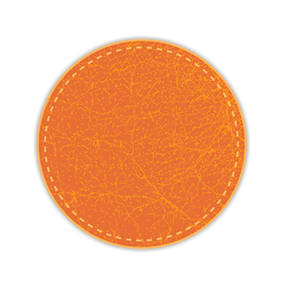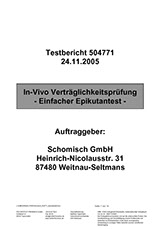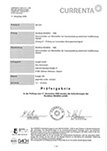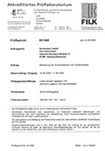
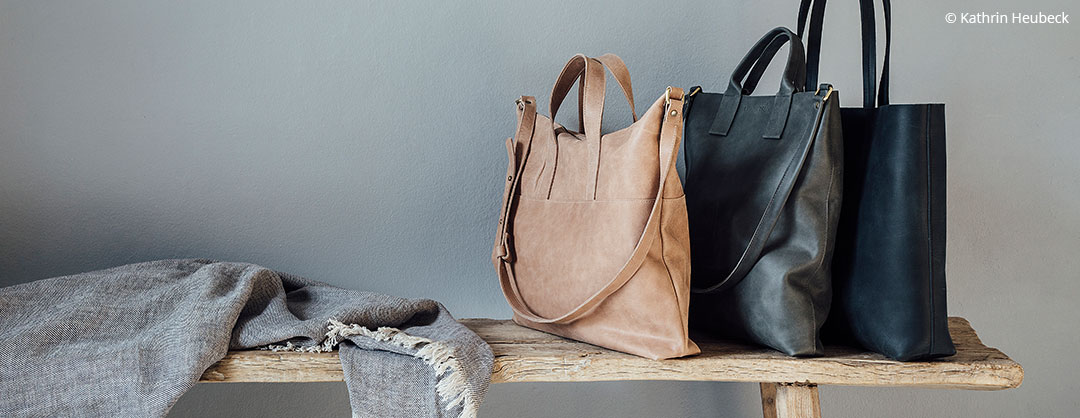
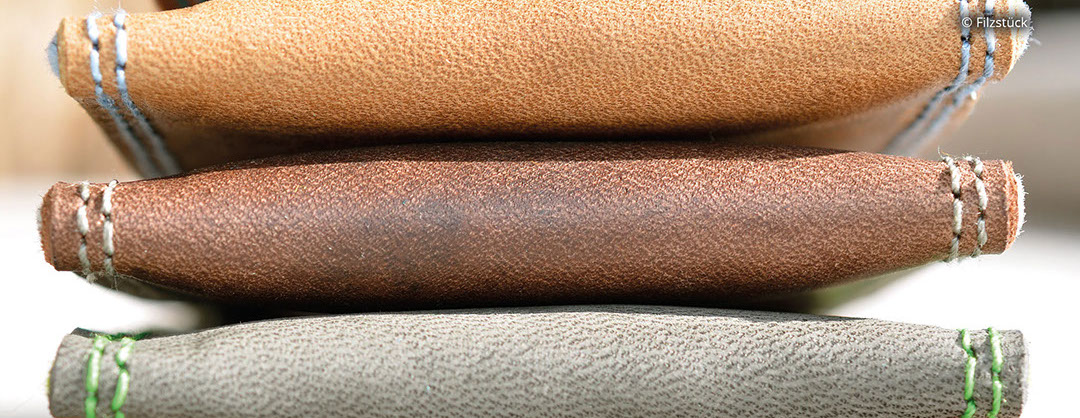
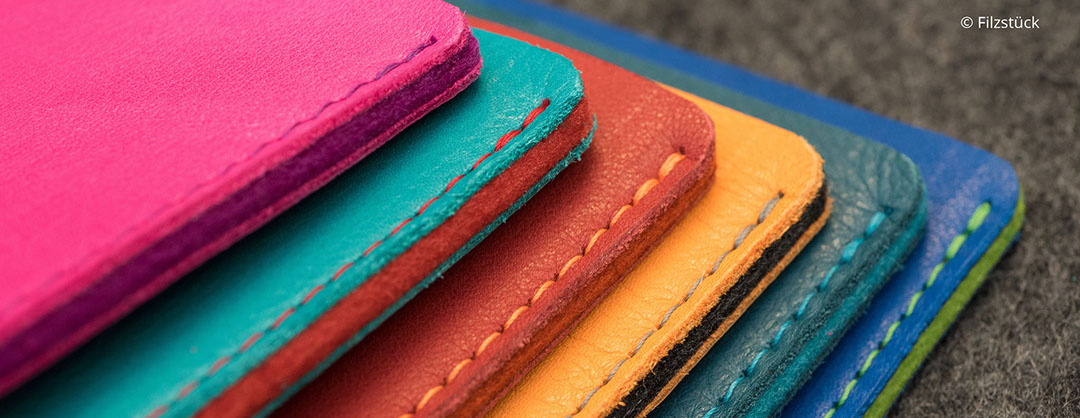
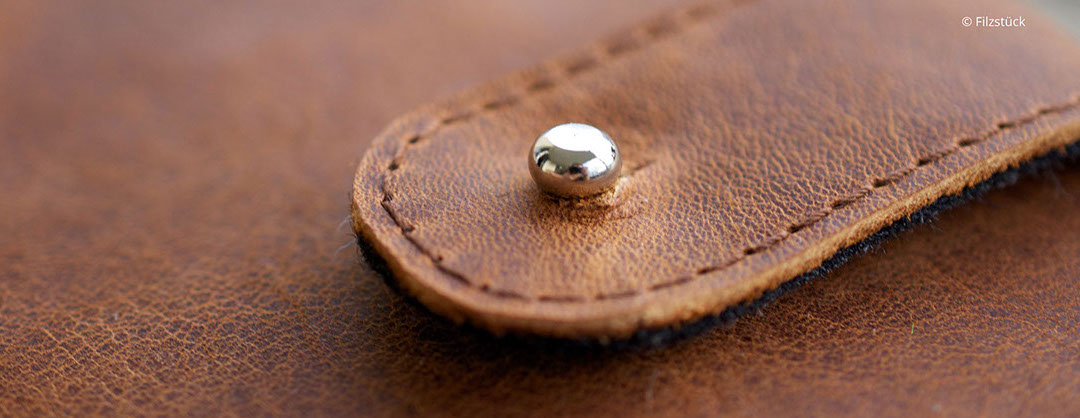
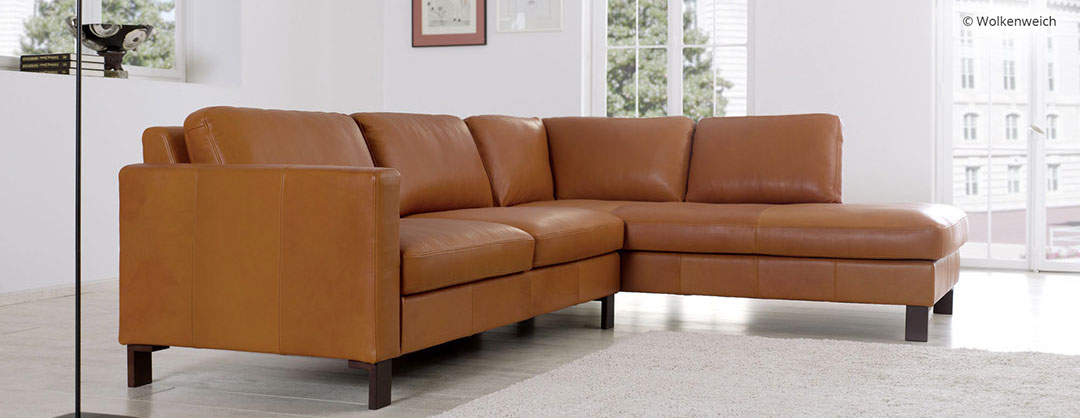
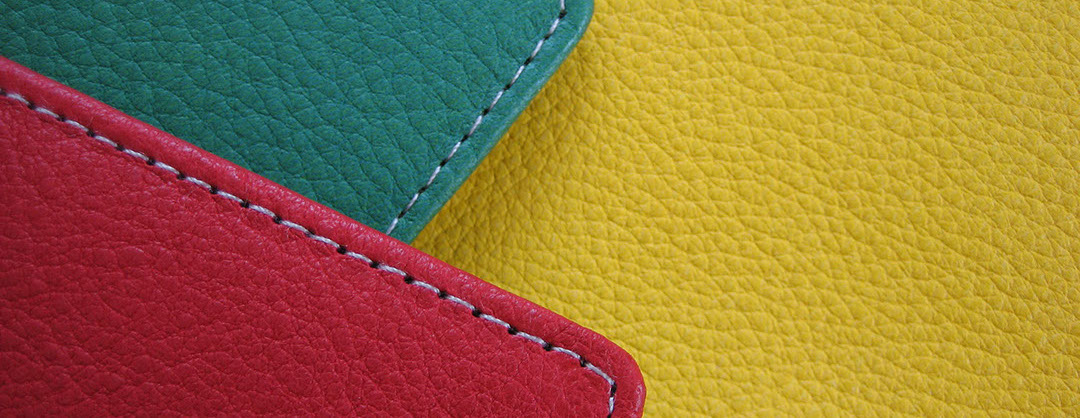
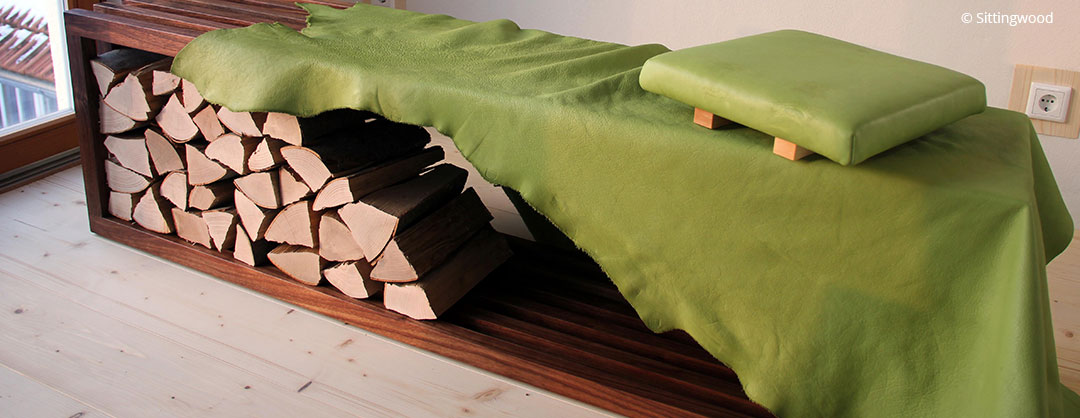
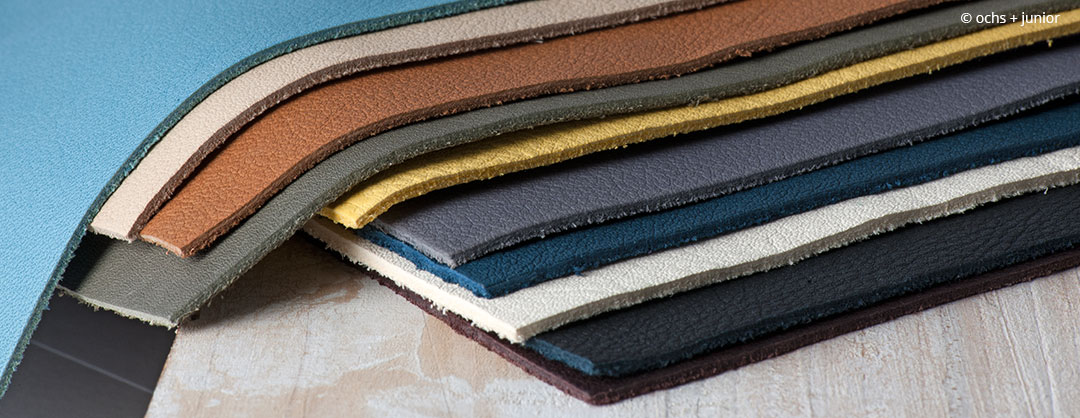
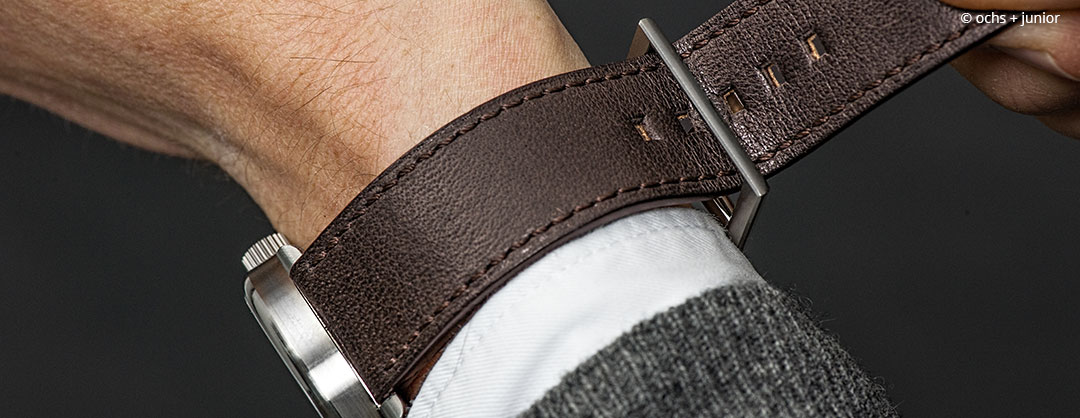
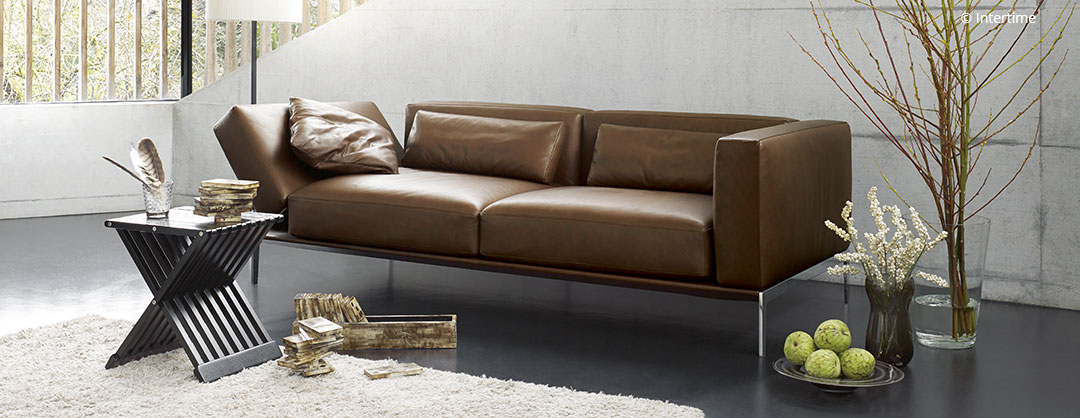
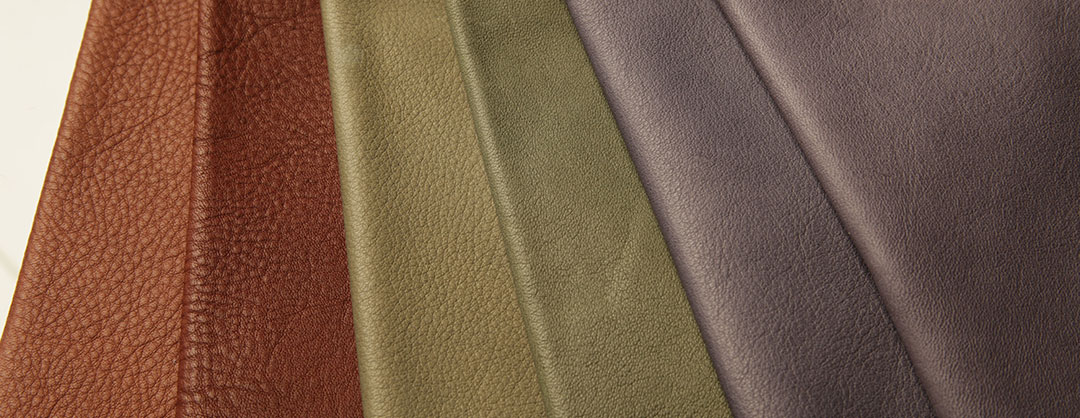
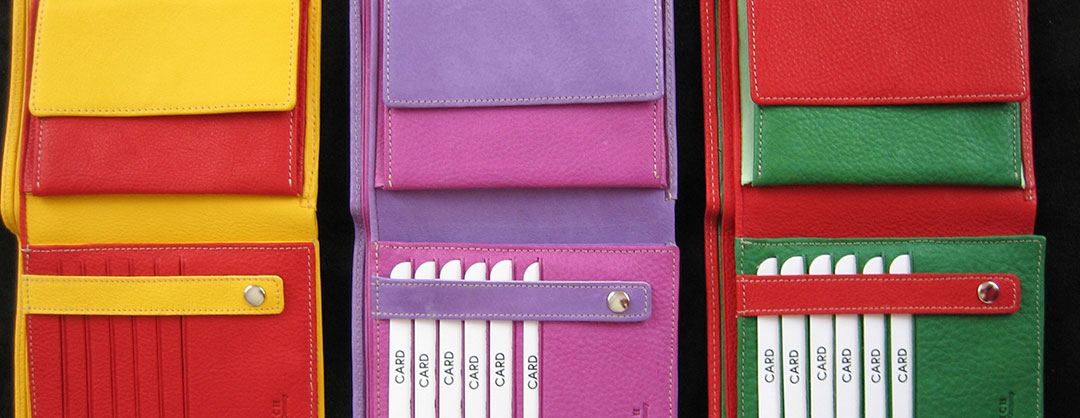
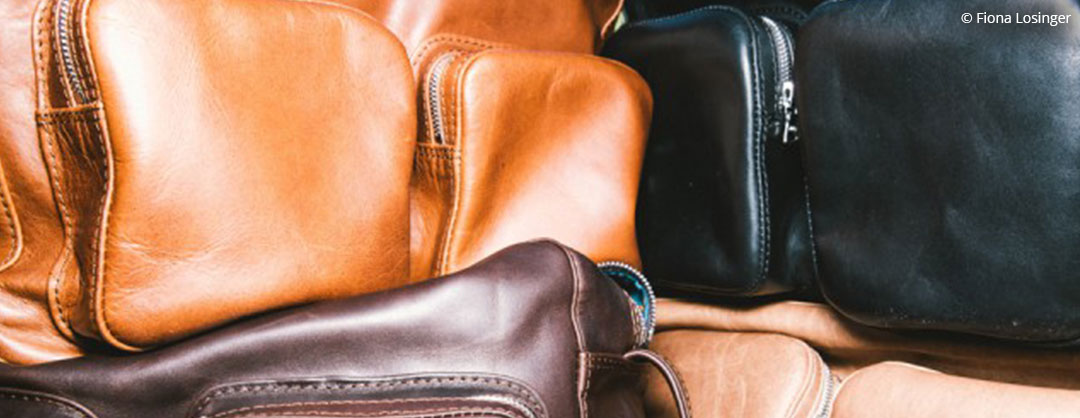
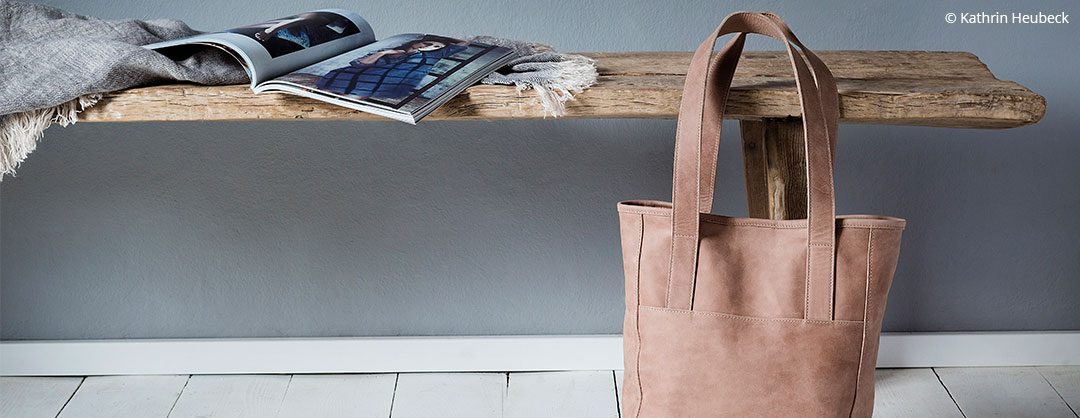
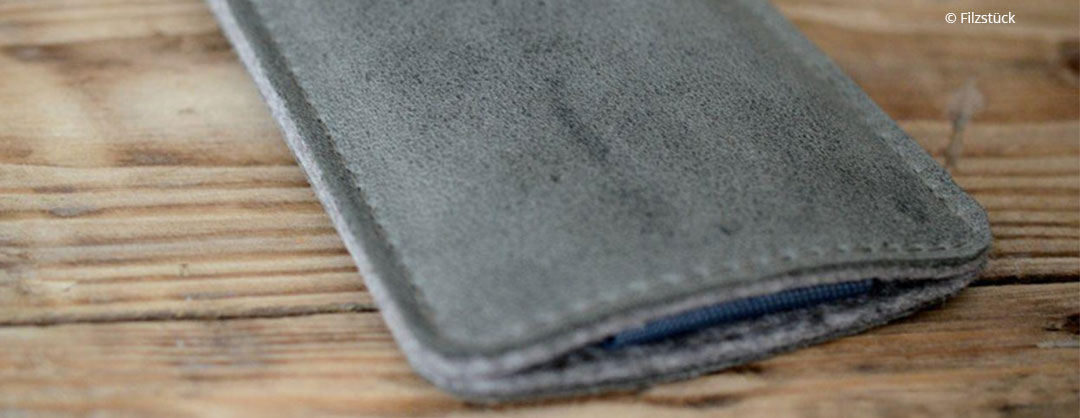
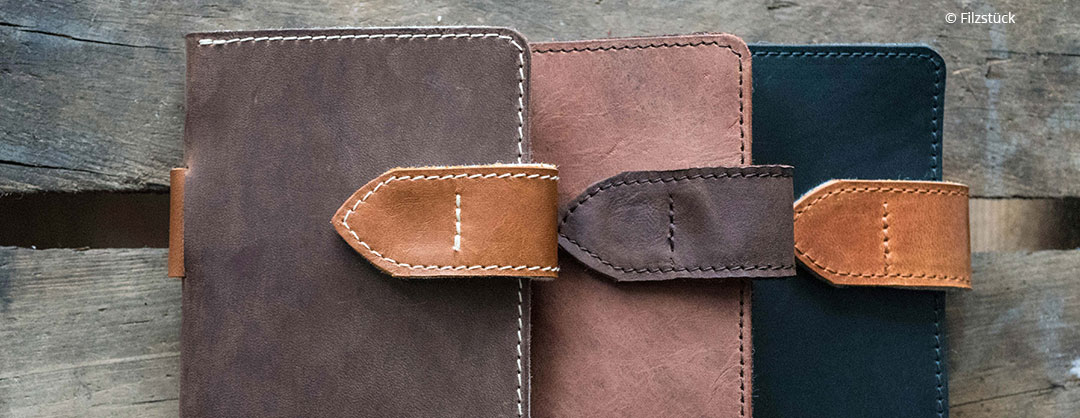
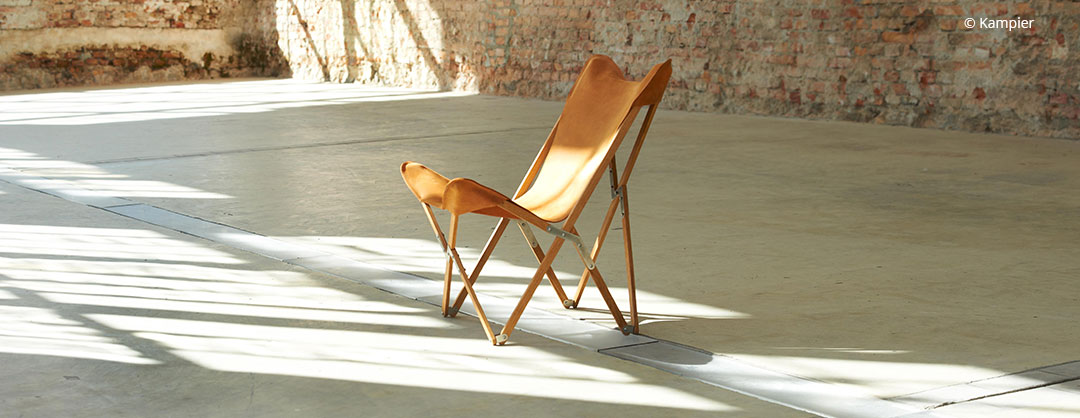
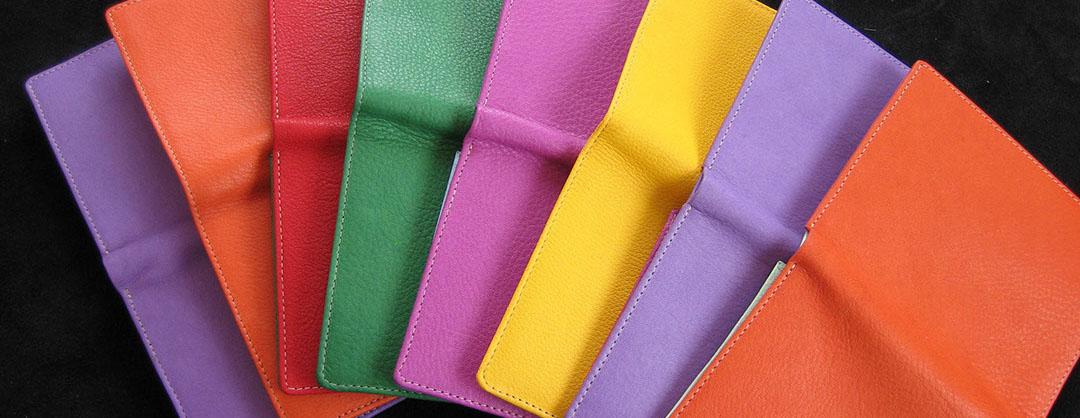
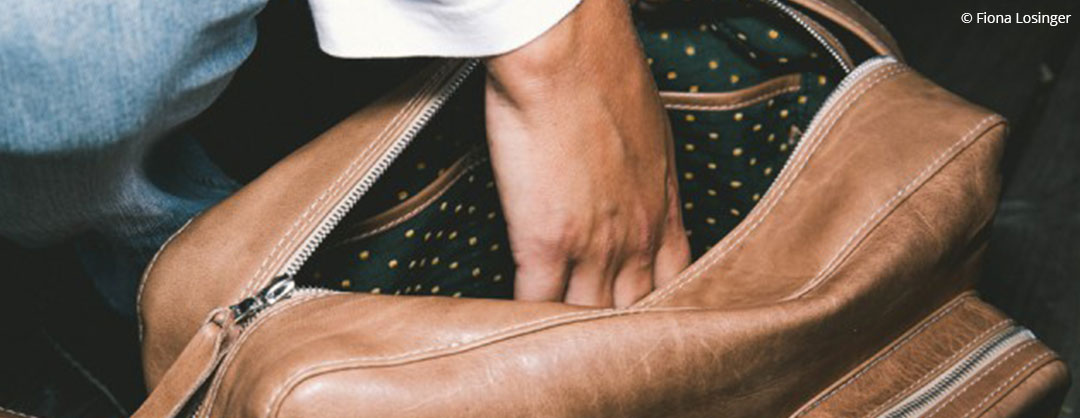
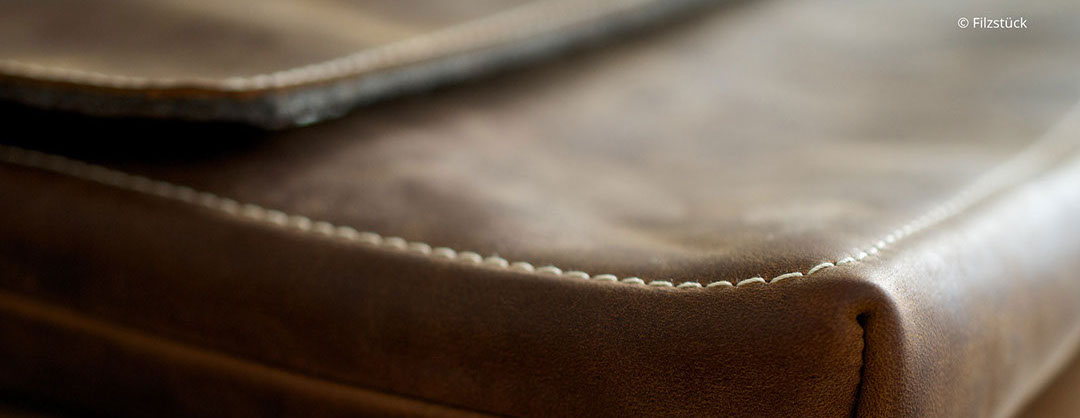
Technical quality...
Ecopell can be seen as one of the most environmental- and skin-friendly leathers on the market. In order to convey this reliably, we focus on maximum transperancy. For each leather we offer, you can get the according data sheet. Further more we inform you about light fastness and abrasion values and give you insight into the certification processes. Starting with the applied skins over the compliance of social standards to the allergy friendliness of the end product all production steps are reviewable for you.
Abrasion values
Non-irritancy
Light fastness
Evaporation and burning behaviour
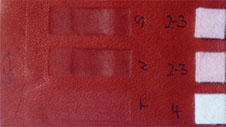
abrasion values
Every input is proven on its abrasion so that the given values normally represent the average of a whole year. To measure the abrasion little squares piece of felt are moved with 1 kilo pressure 20 x (wet, perspiration) or 50 x (dry) on
2 inches length of a leather piece. Depending on the intensity of the color, left on the felt, the abrasion resistance of the leather can be evaluated from 1 (high) to 5 (for minimal abrasion).
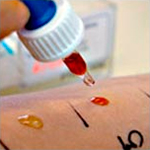
Non-irritancy
Customers desire non-irritant leather. Most conventional leather cannot fulfil this wish. This is little-known for no judge without a plaintiff. However the incresing number of skin allergies inter alia against chrome leather have been known to dermatologists for a long time.
The many tests we perform all show that chrome-free leather like Ecopell can be kind to your skin. And again our customers have one problem less thanks to Ecopell leather. The test was conducted so far with eight different Ecopell colors – all of which passed. These test results are valid for all other Ecopell-color tones.
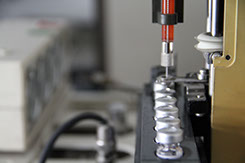
light fastness
Every input is proven on its light-fastness so that the given values normally represent the average of a whole year. The same is true for abrasion.To assess the fastness to light the leather together with a control strip is exposed to a certain amount of light. The occurring changes of the leather are compared to those on the standardized control strip and according to that they are rated. The greatest change gets the value 1 – almost without any change is value 6.
Natural leather changes its color under the influence of light. It’s a natural process that in dependence to duration and intensity of the influence of light as well as the characteristics of the single color proceeds at varying speed. Normally natural leather for shoes/clothes/leather goods should have a light fastness of 2 to 3 and upholstery at least a value 3. If the values of the leather are below the by the end costumer requested light fastness the seller should inform about it or confirm the actual light fastness in written form to avoid reclamation.

Grading of light-fastness on the base of coconut-848
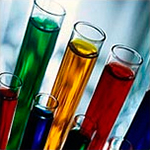
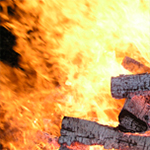
evaporation and burning behaviour
Each of our leathers is tested regarding light fastness, abrasion values and other factors. Furthermore some samples are tested for burning behaviour, evaporations in the air and non-irritancy. These test results are representative for all Ecopell-leathers.
- Click here for test results concerning air and vapors according RAL RG 430 in PDF format
- Click here for test results concerning burning behaviour according EN 1021 Teil I+II in PDF format
- Click here for test results concerning burning behavior of materials used in
interior design an certain categories of motor vehicles - Click here for test results concerning Ecopell Nappa / green hide according to us standards
- Click here for test results concerning Ecopell Teepee Rodeo / brown mat hide according to us standards
In addition, all nappa and velour suede have been tested according to the guidelines of the IVN and Biokreis and have all received their certification. In some cases, you will also find test results on heavy metals, AZO dyes, pesticides, phenols, formaldehyde, PAHs (polycyclic aromatic hydrocarbons) and other factors. You can access all test results as individual data sheet in our collection. Absolute transparency and openness as well as optimum customer information are the core principals of our corporate philosophy.
>> Technical quality
Data and facts

